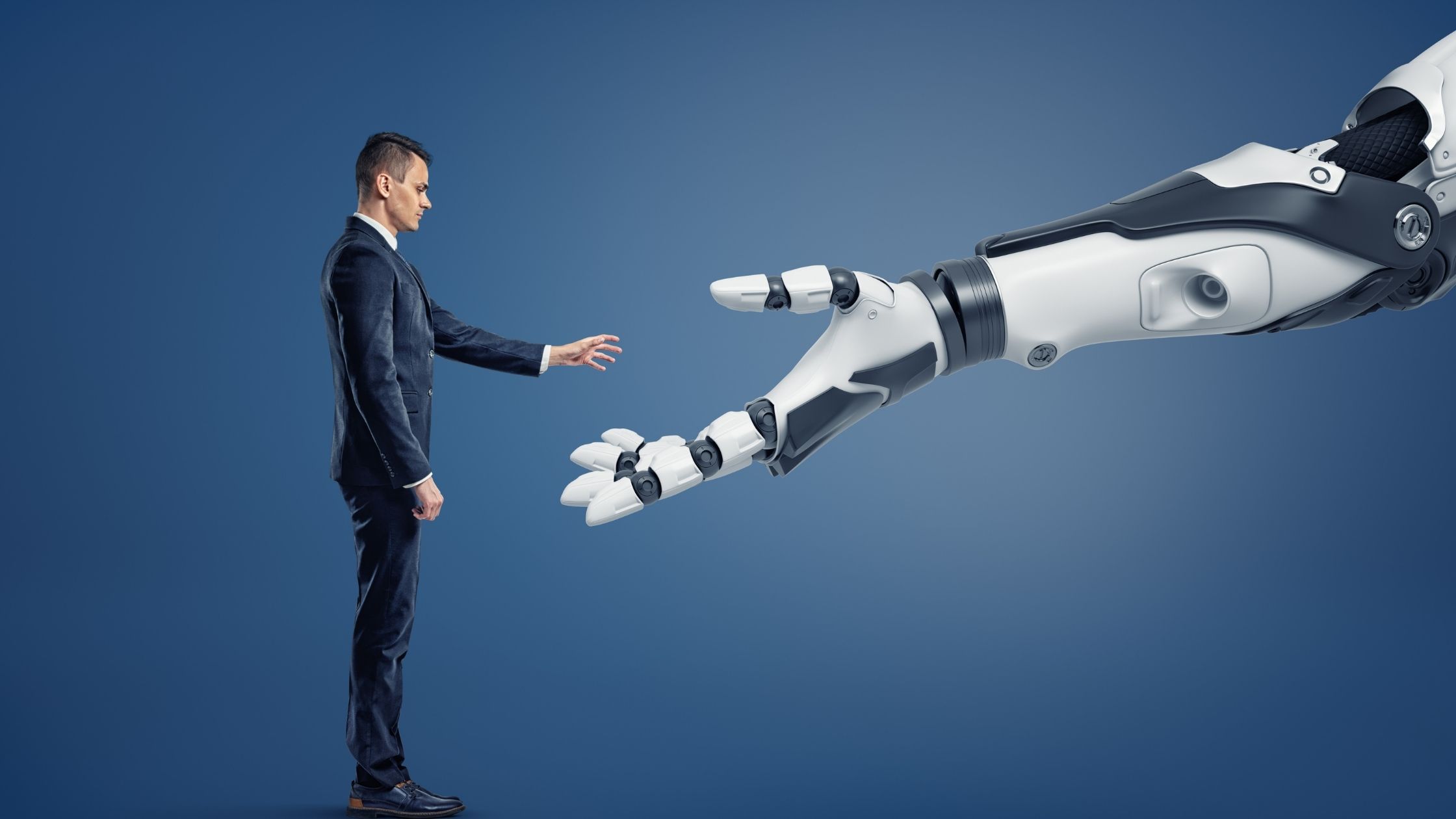The automobile business, like technology, evolves with its trends and discoveries. Recent advancements in the development of Artificial Intelligence have demonstrated that installation technology will soon revolutionize every gadget we use. In this blog, look into possibilities to employ Artificial Intelligence in the automotive business because vehicles were at the top of the list.
Intelligent Automotive Manufacturing Using AI
Manufacturing robots are nothing new these days, but AI applications in car manufacturing are not yet ubiquitous. The extremely expensive cost is one of the primary reasons why this potent technology is now only offered to market leaders. High competition in the automotive sector, on the other hand, is encouraging manufacturers to invest in better equipment and smarter solutions to increase the quality of new releases without sacrificing time.
AI applied to Telematics Data
Artificial intelligence and machine learning provide up new avenues for reading and analyzing data from a number of sources. These technologies are used by the remote control to give the next level of solutions for business and user communication tools.
All data acquired on all cars – trip, telemetry, RPM engine, acceleration and deceleration, accidents, and so on – should be used to make people’s life easier, including industry users and employees.
Monitoring of Driving and User Behavior
The performance of artificial intelligence in private automobiles is not confined to severe constraints such as safety. Inside the car, AI can be used to provide additional control and enjoyment.
AI can speculate and suggest recommendations based on user behaviour based on data collected over time. This could involve the following:
- Adjustment of the seat position
- Screen resizing
- Controls the flow of air
- Songs to be performed
- AI encourages advanced driving so that humans can navigate with ease.
- Governments have also jumped into the fray, pressing investors to develop AI-powered non-motorized vehicles.
Auto Repair Insurance
Forecasting analytics and computer viewpoint are both examples of applications in vehicle insurance, and each has been tested by a number of AI companies who sell to the insurance industry and operate a business value. Dashboard cameras, smartphone cameras, and IoT sensors are used by companies such as Nexar and TrueMotion to detect when a car is moving.
Cameras are coupled with computer vision detecting software while in operation, which may detect other objects on the road, heavy breaks as a car quickly stop, and any accidents. All of this can have an impact on insurance deductions or rates, therefore the footage can be shared with insurance companies so that the driver’s insurance can be adjusted properly.
AI Driving Assistants and Self-Driving Vehicles
The topic of self-driving car technology appears to be present throughout the discussion about AI applications in the automobile industry. Many companies are still attempting to create fully autonomous vehicles while also garnering public trust in order to make technology legal throughout the United States.
The majority of self-driving cars employ computer vision to recognize objects, street lights, and pedestrians. They do, however, use radar waves and LiDAR, a laser distance technology that operates on the same principles as radar.
A new type of driving experience can be seen using Artificial Intelligence talents. That is owing to the tremendous calculating ability, which finally requires engineers to create apps that have brought artificial intelligence to a whole new degree of perfection. The automotive business of today cannot rely simply on cautious drivers and other road users who take all precautions.

Leave a Reply